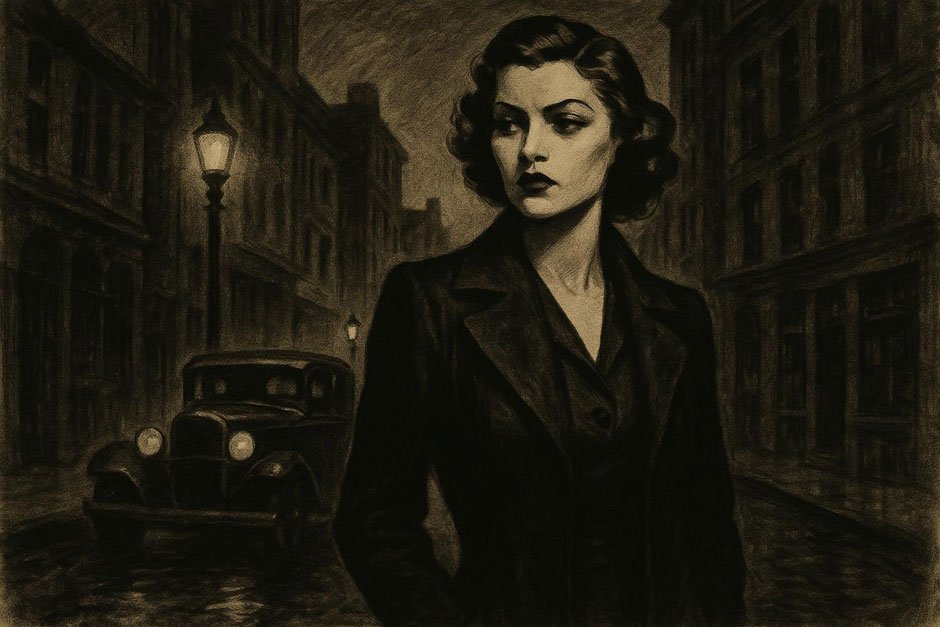 The Enduring Legend of the Clara Feldman Missing Child Case
The Enduring Legend of the Clara Feldman Missing Child Case
A Name That Echoes in Modern Myth
In the vast world of internet mysteries, the name Clara Feldman often surfaces in discussions about a baffling missing child case. Stories of a young girl who vanished have woven a compelling, yet misleading, narrative.
These tales, passed through forums and social media, speak of a heartbreaking disappearance. But the truth behind the name is rooted in a different, far more dramatic chapter of American history.
Fact, Fiction, and the Real Clara Feldman
While the notion of a lost child named Clara Feldman is a powerful one, historical records point to a different reality. The name is indeed tied to a sensational crime, but not the one modern legend describes.
To uncover the true story, one must look back to the gangster era of the 1930s. It is there, amidst notorious criminals and daring heists, that the real Clara Feldman emerges.
Unmasking the Real Clara Feldman
The “Mysterious Blonde” in a Famous Kidnapping
The Clara Feldman of history was not a lost little girl, but a woman deeply enmeshed in one of her time’s most infamous crimes. Dubbed a “mysterious blonde” by the press, she became a pivotal character in a story that captivated the nation.
Her tale is not one of a victim in a missing child case, but of a willing accomplice caught in the gears of justice during a lawless period.
A Link to the Urschel Kidnapping Conspiracy
Clara Feldman’s story is inseparable from the 1933 kidnapping of oil magnate Charles F. Urschel. This was no ordinary crime; it was a meticulously planned abduction by the infamous George “Machine Gun” Kelly and his gang.
As the wife of Albert Bates, Kelly’s chief accomplice, Feldman’s involvement would seal her fate and earn her a permanent spot in the FBI’s case files.
Inside the 1933 Urschel Kidnapping
A Crime That Stunned the Nation
The abduction of Charles F. Urschel was an audacious act that sent a clear message: no one was safe. Snatched from his Oklahoma City home, Urschel was held for a $200,000 ransom—an astronomical figure for the era.
The crime immediately became a defining test for the young FBI, which was eager to assert its authority over the country’s rampant organized crime.
Clara Feldman’s Role in the Aftermath
While not present at the abduction, Clara Feldman was instrumental in the conspiracy’s next phase. She and her son, Edward, were tasked with the critical job of hiding a large share of the ransom money.
This set them on a perilous journey across the country, attempting to launder the marked bills as federal agents methodically closed in on them.
The Investigation and a Surprising Outcome
The FBI’s Manhunt and the Money Trail
The FBI’s investigation was a masterclass in forensic police work. Agents painstakingly tracked the serial numbers of the ransom bills, creating a money trail that led directly to Clara Feldman and her network.
It was Feldman herself who, after her capture, revealed the location of a substantial cache of the money, providing a major breakthrough for the case.
Arrest, Trial, and an Unexpected Sentence
In 1934, Clara Feldman and her son were apprehended in California. Despite facing severe conspiracy charges, their sentences were unexpectedly light: five years of parole and five years of probation.
This leniency was a direct result of their cooperation, which was instrumental in dismantling the gang and securing the convictions of its leaders, including “Machine Gun” Kelly.
The Legacy of the Clara Feldman Case
From Historical Figure to Urban Legend
The story of Clara Feldman is a striking illustration of how historical events can morph into modern myths. The factual details of her role in the Urschel kidnapping have been overshadowed by the more emotionally resonant, though fictional, story of a missing child.
This evolution speaks to our collective fascination with unsolved mysteries and the way narratives can take on a life of their own, independent of the truth.
Revisiting a Bygone Era of Crime
The authentic story of Clara Feldman provides a compelling window into a defining era of American crime. It’s a narrative populated by gangsters, G-men, and the ordinary people drawn into their extraordinary and dangerous world.
While the legend of the Clara Feldman missing child case continues to intrigue, the true story is a potent reminder of history’s complexity and the enduring importance of separating fact from folklore.





Leave a Reply